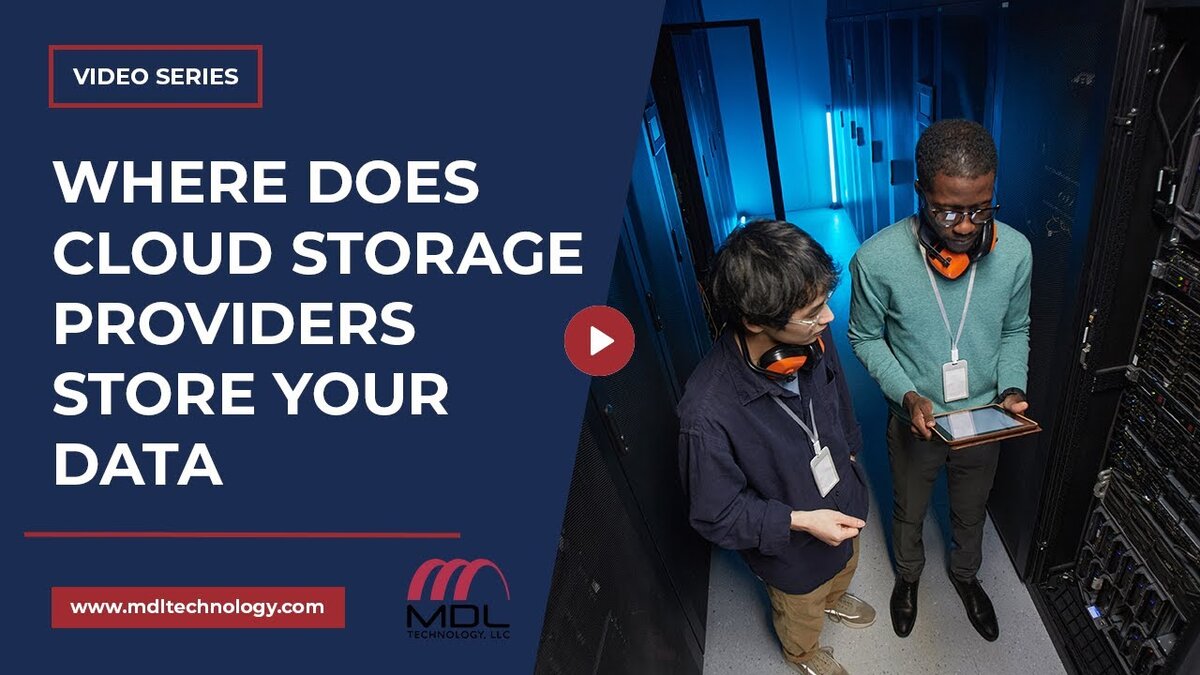
Cyberattacks and data breaches can happen to companies of all sizes and industries, but data supports that cybersecurity in health care is especially essential.
Why is that? Well, there are several reasons:
- Health care companies store copious amounts of high-value data. Patients’ medical information is more valuable on the black market than credit card information.
- Companies in health care may not update or upgrade their online systems as often as they should for maximum protection due to limited time, resources or funding. Outdated systems can make them an easier target.
- Medical devices that use smart technology are not created with security in mind, making them easily accessible to hackers.
- Companies in health care tend to have several teams, departments and employees — the more employees, the higher risk of user error, damage from disgruntled employees and compromised accounts.
From malicious attacks to standard user errors, your data can fall into the wrong hands in several ways.
With all this in mind, IBM recently came out with their 2022 Cost of a Data Breach Report, which covers how critical infrastructure industries like health care handled cyber attacks. From how long it took to identify a breach to the overall cost of intrusion, this data helps companies learn how to avoid being a target.
Here is what you need to know about threats to cybersecurity in health care in 2022 and how to avoid them.

Stats to know about cybersecurity in health care
According to the 2022 IBM Cost of a Data Breach Report, the health care industry is one of the more vulnerable industries to cybersecurity. Here’s why:
The average cost of a critical infrastructure data breach is $4.82 million.
Health care industry falls under critical infrastructure, along with financial services, industrial, technology, energy, transportation, communication, education and public sector industries. While the average 2022 cost for each breach within the broad category was $4.82 million, the health care industry had a record-breaking individual-breach cost of $10.1 million.
The health care industry has had the highest average cost per breach for twelve consecutive years.
The 2022 average breach cost for health care industries is a nearly million-dollar increase compared to 2021 and has risen by 41.6% since the 2020 report. As health care is the most costly industry for data breaches twelve years running, cybersecurity in health care crucial to guarding the financial resources within the industry.
Up to 79% of critical infrastructure industries, including health care, have not adopted a zero-trust security approach.
A zero-trust security approach, in short, is a method of cybersecurity that promotes the belief that organizations should not automatically trust anything inside or outside its perimeters and instead must authenticate everything attempting to connect to its systems before granting access.
Critical infrastructure industries, like health care, had a much lower prevalence of zero-trust security approaches than the global average. Many companies state that completely updating processes takes too much time, money and energy. However, the report shows that critical infrastructure industries that operate without using zero-trust cybersecurity strategies had significantly higher data-breach costs than average.

Types of Critical Infrastructure Data Breaches in 2022
Several avenues for cyberattacks and data loss or damage can significantly impact the health care industry. Here are the leading causes of costly data breaches in 2022 to have on your radar.
Human Error: 25%
Human error was the most prevalent cause of a data breach for critical infrastructure, making up a quarter of all data breaches. Human error is any accidental action or lack of action by employees or users. These actions may seem innocent on paper, but they can cause, spread or allow a security breach to take place. For example, user error could be sending sensitive info to the wrong recipient or neglecting to update the software on work devices regularly.
IT Failure: 22%
IT failure came in second as a leading cause of data breaches. Unfortunately, when you have an overworked, under-resourced IT team, it’s only a matter of time before things slip through the cracks. This could look like failing to offer sufficient computer memory to employees or only implementing inefficient bug and back-door fixes.
Supply-Chain Attack: 17%
The belief that “you are only as good as your weakest link” is incredibly relevant to cyberattacks. For example, during a supply-chain attack, malicious individuals could target a business partner or another company that is indirectly connected to your practices, but you can still be negatively impacted. As the health care industry works with several third-party vendors for life-saving materials, this method makes the health care industry especially vulnerable.

Destructive Attack: 16%
Destruction-of-service attacks, or DeOS attacks, have a singular goal: to cause the most significant negative impact possible. This vicious method of cyberattack usually results in temporary or permanent loss of data, data damage, a disruption of operations and a costly, painfully slow recovery. When done efficiently, a Destruction-of-service attack can cause organizations to grind to a screeching halt and scramble to find their footing again.
Ransomware attacks: 12%
While ransomware attacks are lower on the list than other methods of cyber destruction, this malicious attack is especially damaging, as it entails a hacker holding your sensitive or valuable information for ransom until you pay a hefty fee. Thanks to the instant gratification and high success rate of companies paying the ransom, this method has grown in popularity among hackers and the percentage of data breaches by ransomware has increased from 7.8% in 2021. In 2022, the average cost of a ransomware attack on critical infrastructure is $4.52 million.
Other Malicious Attacks: 8%
Other malicious attacks could include any number of malware viruses from worms to trojan horses and makeup 8% of overall data breach causes. These bugs can be invited into your system through phishing scams, compromised USB ports, and other methods that are becoming increasingly tough to catch before they cause damage. While this seems like a small percentage, it’s important to note that direct malicious attacks (destructive attacks, ransomware attacks and other attacks) make up over a quarter of all data breach causes. That is a significant piece of the pie.

How companies in the health care industry can protect from cyber attacks
So with all of these stats supporting the vulnerability of the health care industry, how do you protect your company? These proven methods can help your organization avoid both malicious and accidental breaches of security.
Auditing and Compliance
Following HIPAA compliance doesn’t just help your company avoid fines. These parameters compel organizations to follow the most critical best practices while handling and storing sensitive patient data. Having consistent site audits for compliance will catch any bugs, weaknesses or vulnerabilities before they can be exploited.
Continuous Network Monitoring
24/7 network monitoring services act as a to-do list, safety net and search team at the same time. The to-do list helps focus IT on the most critical problems at hand. The safety net keeps your network up and running while an IT team catches and mitigates any issues before they cause too much damage to your system. The search team detects and reports problems before they escalate into network downtime, data loss or expensive repair issues. Overall, network monitoring will help improve and analyze server traffic, hardware reliability, system outages and antivirus protection.
Proactive maintenance
Proactive maintenance services confirm all system resources are up to date, antivirus tools are current and your hardware gives you the best possible performance. On top of that, proactive maintenance detects users who try to perform unauthorized actions and prevents malicious behavior that can lead to lost or damaged data. When executed well, this reduces system downtime, prevents large-scale virus infections, minimizes legal issues and reduces productivity losses.
Secure cloud storage
Did you know that 94% of companies leverage the many benefits of cloud computing? Over the years, cloud computing has revolutionized how companies organize, store and access their data. Whether your company leverages a public, a private or a hybrid cloud, cloud computing systems have become a cornerstone tool for the health care industry by offering secure storage for its most sensitive data.
Cybersecurity protections and training
Providing your staff with cybersecurity training can help put protective measures in place and boost employees’ skill sets. This information can empower them to make the smartest possible cybersecurity decisions and give them a checklist to review whenever they handle sensitive data.
MDL Technology can help!
The cyber threats to the health care industry can be condensed into one central theme: attacks and data breaches are only getting more complex, costly and damaging. A solid front to protect your internal data from malicious attacks and accidental leaks can save health care companies time, money and headaches.
If your company needs to take a closer look at your data-protection tools and policies, our team can help. Review our services or reach out today to gain peace of mind around the security of your sensitive data.






